Google’s inbound updates to Bard will close the gap with GPT-4
The firm’s annual I/O conference could see it leap ahead of OpenAI once more
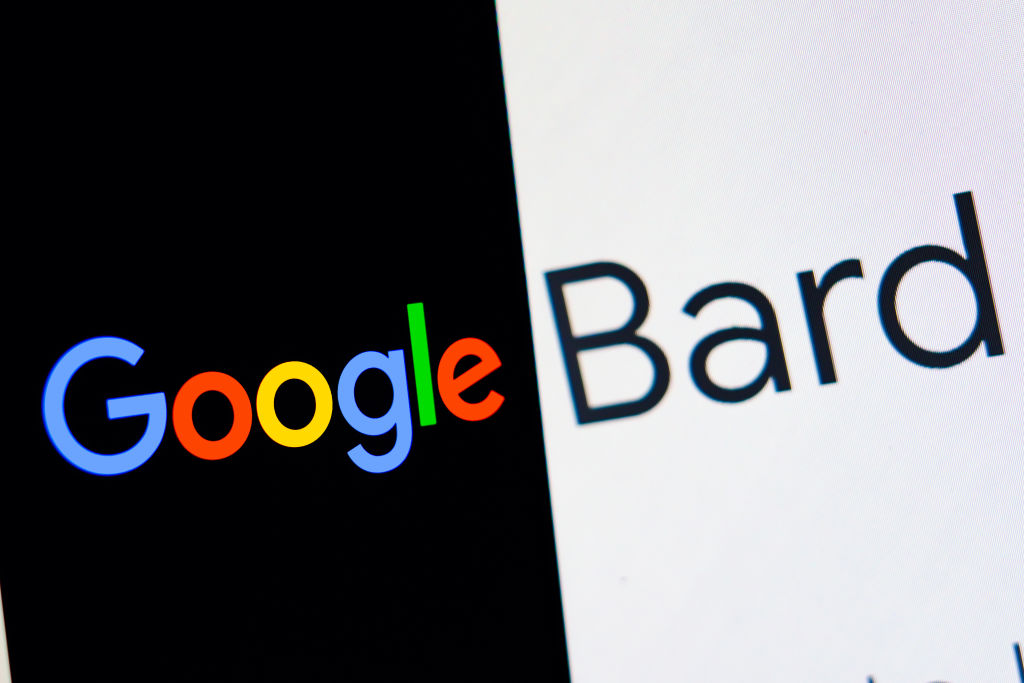

Google is expected to announce a new AI model and key updates to its Bard chatbot this week, as it aims to improve its AI portfolio on par with OpenAI’s latest advancements.
A more powerful core AI model and multimodal chatbot capabilities are reported to be two key reveals for its annual I/O conference on Wednesday, which is expected to focus primarily on AI alongside some hardware announcements.
CNBC reported that the I/O announcements include PaLM 2, a new large language model (LLM) trained in more than 100 languages, citing internal documents.
The tech giant is also expected to announce new updates to its Bard chatbot, which will be joined by a larger model known as ‘Multi-Bard’ capable of multimodal, complex reasoning and better math prowess.
Multimodal generative AI models can process inputs such as images or sound in addition to the natural language text inputs to which users have become accustomed.
A notable example of multimodal models is OpenAI’s new GPT-4, which is capable of parsing text from images, summarizing chart data, and identifying elements in a video feed for computer vision use.
OpenAI claimed that GPT-4 outperformed PaLM in the Multi-task Language Understanding (MMLU) benchmark, having scored 86% compared to PaLM’s 71%.
Get the ITPro daily newsletter
Sign up today and you will receive a free copy of our Future Focus 2025 report - the leading guidance on AI, cybersecurity and other IT challenges as per 700+ senior executives
Pathways Language Model (PaLM) is Google’s 540-billion-parameter LLM, first announced in April 2022.
RELATED RESOURCE
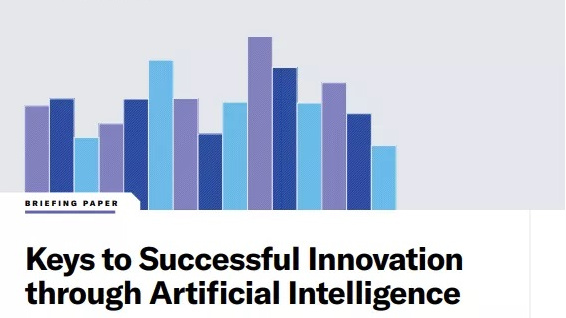
Keys to successful innovation through artificial intelligence
Harvard Business Review
It was intended to provide a more complex understanding of natural language input than previous models, and also produce more detailed text responses.
To date, Google has not utilized PaLM for its customer-facing products such as its chabot Bard, but has still achieved a competitive footing with products such as ChatGPT.
The model was compared favorably with OpenAI’s GPT-3 language model at the time of its release and surpassed contemporaries in tests including LaMDA, the model behind Google’s current iteration of Bard.
In an interview with Hard Fork, a podcast by The New York Times, Pichai said that Bard would soon be powered by PaLM rather than the older LaMDA model on which it is currently based.
“Pretty soon, maybe as this goes live, we will be upgrading Bard to some of our more capable PaLM models, so which will bring more capabilities, be it in reasoning, coding,” Pichai told the hosts.
These could come in the form of reduced ‘hallucinations’, the term used to describe fiction produced by chatbots in place of factual answers, as was the case for GPT-4.
In Bard’s case, this could prove especially helpful as ITPro tests have demonstrated the product is far more prone to claims of personhood or inaccuracies than ChatGPT.
Bola Rotibi, chief of enterprise research at CCS Insight, told ITPro that I/O announcements would follow Google’s medical large language model Med-PaLM 2.
“It’s part of that whole generative AI approach, which is providing environments for special vertical use cases, trying to understand what’s good, what’s ethical, and on very focused capabilities.
“Like everyone else, they want to make sure that it’s available in lots of different languages and in many respects want to open it up, like AWS has been doing, to different use cases.
“The most important thing is to get these things out, get people using them, training the models in multiple environments.”
Rotibi also highlighted the need to reduce hallucinations in future models, and gave the example of Med-PaLM 2’s score of 85% on the MedQA dataset of US Medical Licensing Examination (USMLE)-style questions.
RELATED RESOURCE

Achieving transformative business results with machine learning
How seven leading organizations are using machine learning to resolve key challenges and reveal new opportunities
“Quite frankly everyone is talking about hallucinations, and that’s a real problem. That’s what they’re trying to make sure of, that they are ethically and responsibly aligned with the best way to do things.”
Improvements could also include a greater ability to carry a conversation with a user over multiple prompts or sessions, which could prove core to Google’s goal of embedding its AI tools within its search engine.
In mid-April, Bard attained code generation and translation capabilities, with tests indicating that it can now go head-to-head with GPT-4 and Bing chat for code generation and translation.
In its GPT-4 demo, Microsoft also demonstrated how the model could take an image of a website idea written on a napkin and translate this into actionable code.
While this may not be useful for tech teams at present, it did put the ball in Google’s court to respond in kind through its products like Google Lens.
Improved code for Bard could make use of Google Lens, allowing flowcharts to be translated into code, or the firm could aim for simple but effective improvements to the accuracy of code generated.
At present, users can ask Bard to make code more efficient, including code that the model has generated, and on these lines, the model could be improved to present more efficient code output.
The ability is one of a few within Google’s AI product offering which could offer businesses explicit gains right now and can help programmers in the same way as the popular GitHub Copilot.
It’s not yet clear if the new multimodal Bard will come as a direct derivation of PaLM 2, though this would make sense if the model is a straightforward successor to PaLM in the way that GPT-4 was to GPT-3.
Google has been working to improve Bard’s performance, after a disappointing launch which saw the chatbot inaccurately answer a demo question, leading Google’s stock to drop 7%.
Alphabet CEO Sundar Pichai, announced in April that Google would develop its own multimodal AI models as part of a concerted push for greater AI output.
The notice came alongside the news that DeepMind, long a subsidiary of Google, would be combined with Google Brain to form a new unified AI division known as Google DeepMind.
DeepMind CEO Demis Hassabis will head up the new unit, and was heralded by Pichai as the man who would lead Google’s “most capable and responsible general AI systems”.

Rory Bathgate is Features and Multimedia Editor at ITPro, overseeing all in-depth content and case studies. He can also be found co-hosting the ITPro Podcast with Jane McCallion, swapping a keyboard for a microphone to discuss the latest learnings with thought leaders from across the tech sector.
In his free time, Rory enjoys photography, video editing, and good science fiction. After graduating from the University of Kent with a BA in English and American Literature, Rory undertook an MA in Eighteenth-Century Studies at King’s College London. He joined ITPro in 2022 as a graduate, following four years in student journalism. You can contact Rory at rory.bathgate@futurenet.com or on LinkedIn.
-
 Bigger salaries, more burnout: Is the CISO role in crisis?
Bigger salaries, more burnout: Is the CISO role in crisis?In-depth CISOs are more stressed than ever before – but why is this and what can be done?
By Kate O'Flaherty Published
-
 Cheap cyber crime kits can be bought on the dark web for less than $25
Cheap cyber crime kits can be bought on the dark web for less than $25News Research from NordVPN shows phishing kits are now widely available on the dark web and via messaging apps like Telegram, and are often selling for less than $25.
By Emma Woollacott Published
-
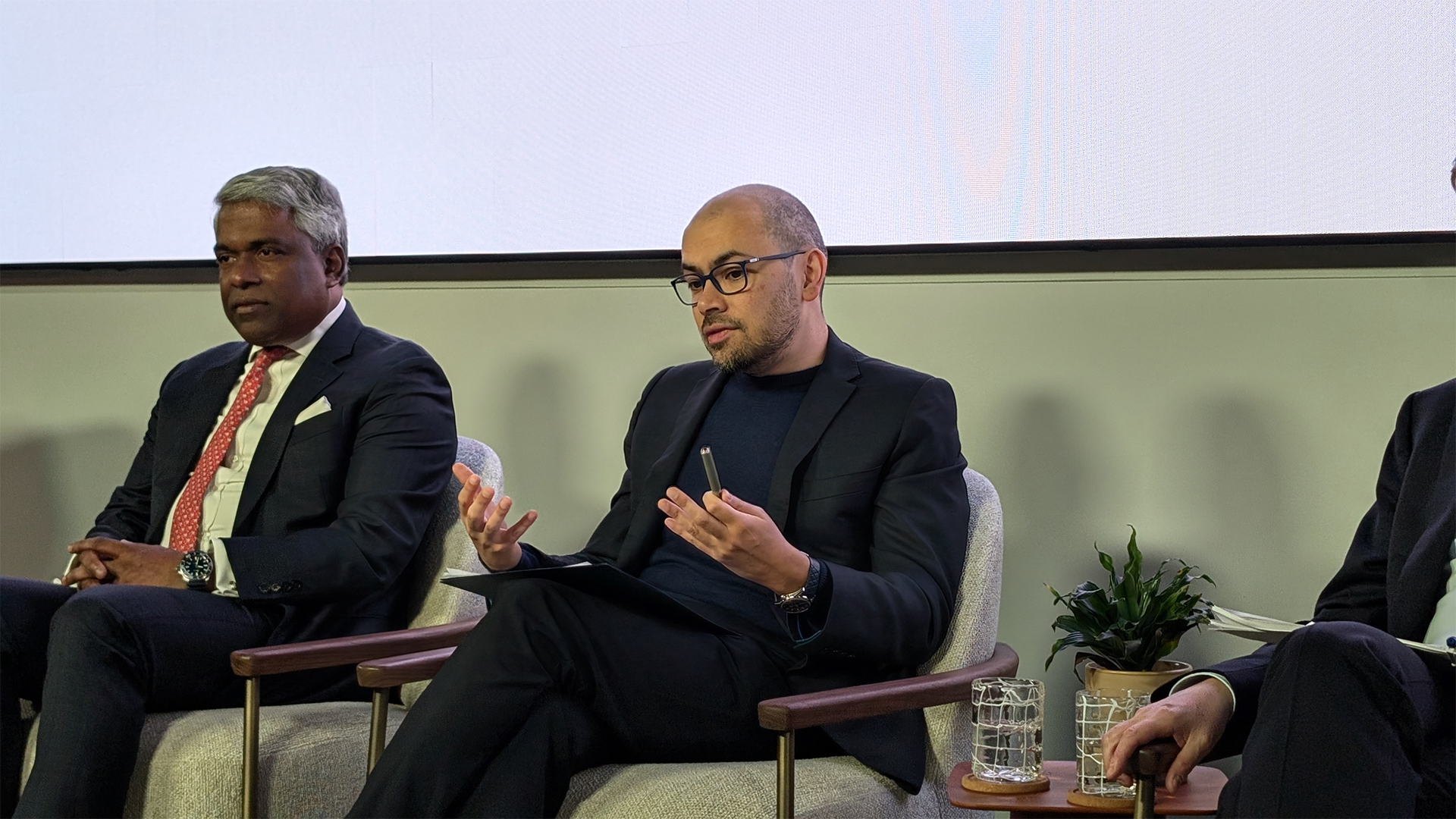 Google DeepMind’s Demis Hassabis says AI isn’t a ‘silver bullet’ – but within five to ten years its benefits will be undeniable
Google DeepMind’s Demis Hassabis says AI isn’t a ‘silver bullet’ – but within five to ten years its benefits will be undeniableNews Demis Hassabis, CEO at Google DeepMind and one of the UK’s most prominent voices on AI, says AI will bring exciting developments in the coming year.
By Rory Bathgate Published
-
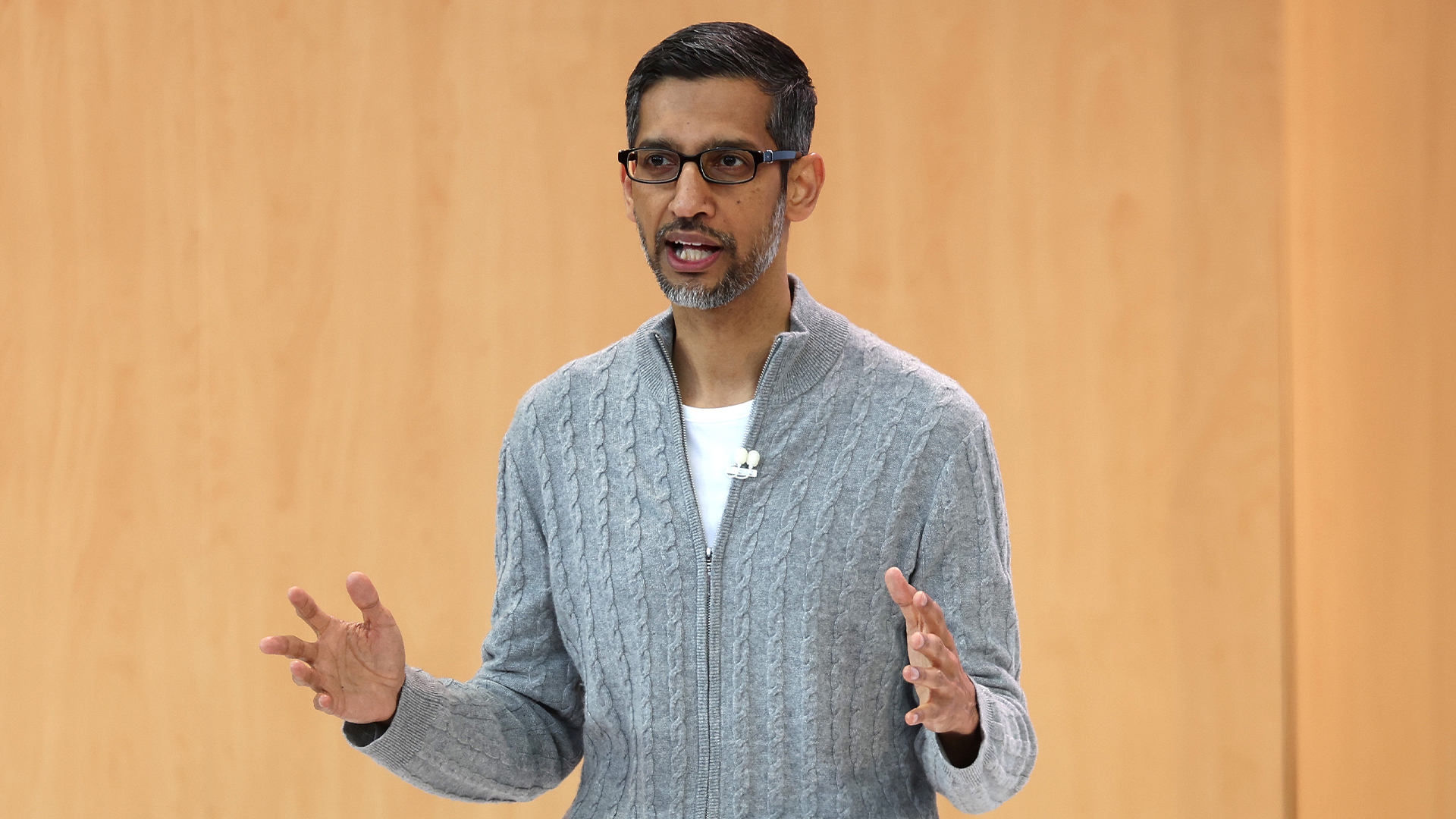 Google CEO Sundar Pichai says DeepSeek has done ‘good work’ showcasing AI model efficiency — and Gemini is going the same way too
Google CEO Sundar Pichai says DeepSeek has done ‘good work’ showcasing AI model efficiency — and Gemini is going the same way tooNews Google CEO Sundar Pichai hailed the DeepSeek model release as a step in the right direction for AI efficiency and accessibility.
By Nicole Kobie Published
-
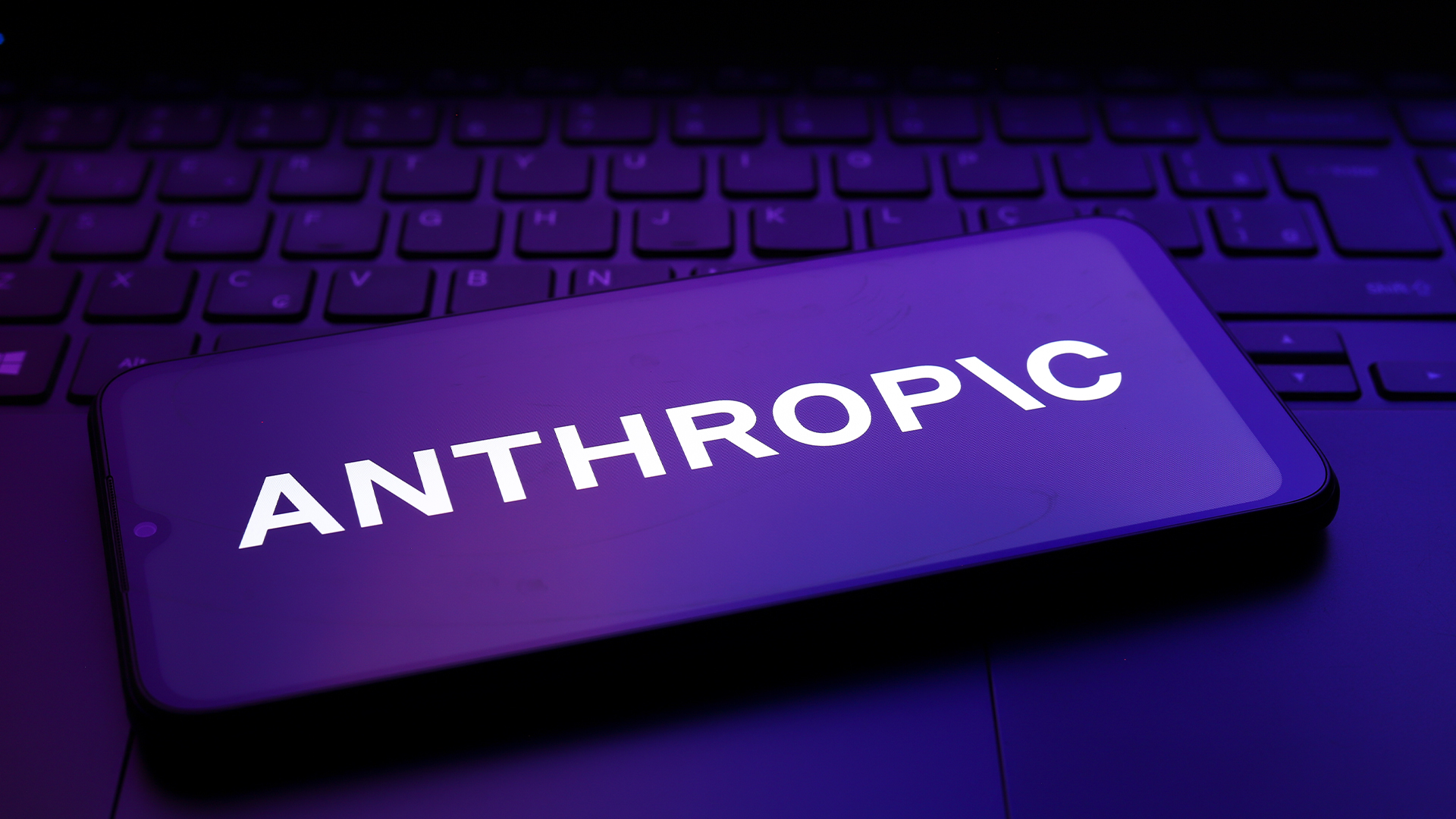 Google will invest a further $1 billion in AI startup Anthropic
Google will invest a further $1 billion in AI startup AnthropicNews This is the latest in a flurry of big tech investments for the AI startup
By George Fitzmaurice Published
-
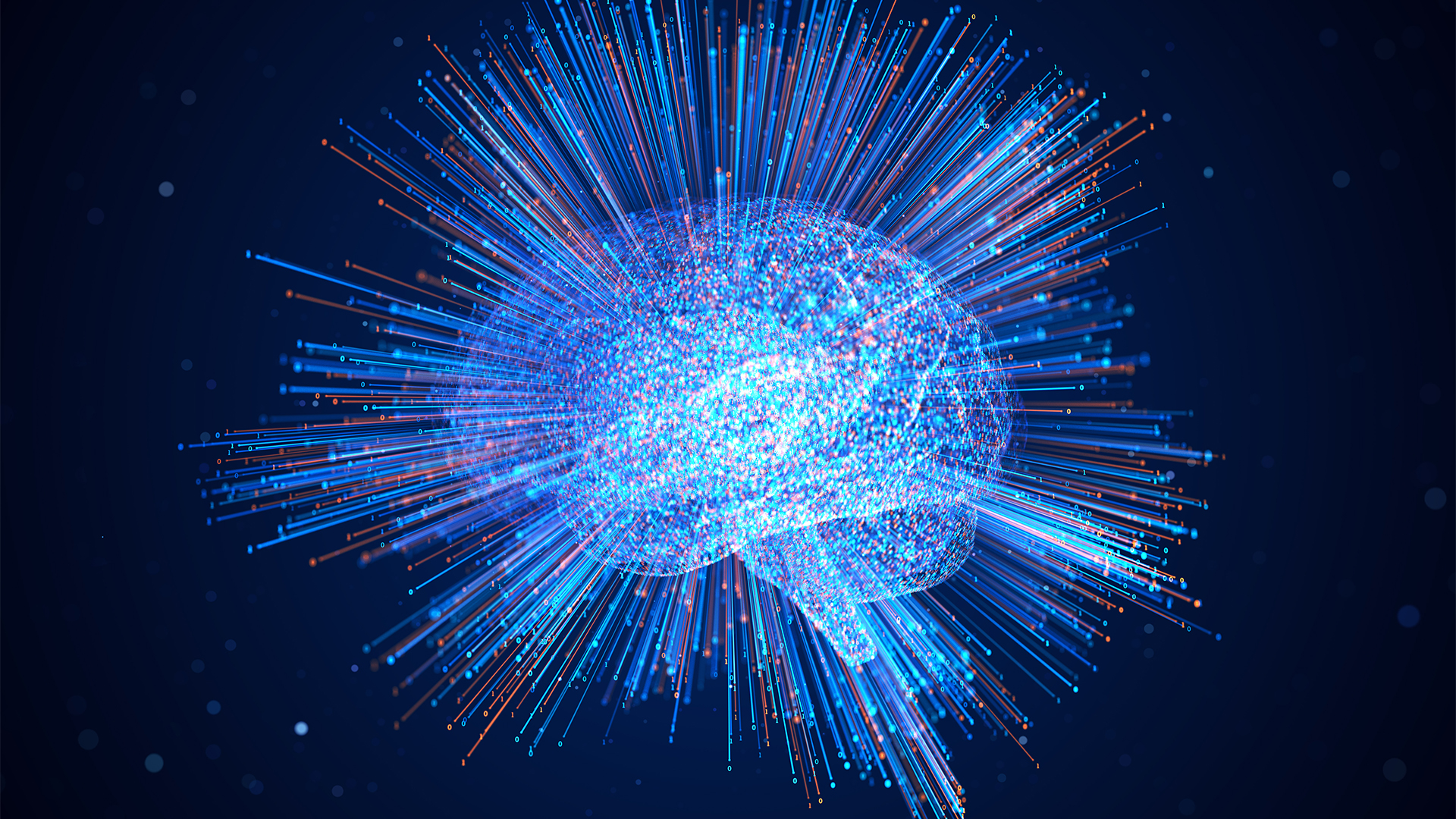 2024 was the year where AI finally started returning on investment
2024 was the year where AI finally started returning on investmentOpinion It's taken a while, but enterprises are finally beginning to see the benefits of AI
By Ross Kelly Last updated
-
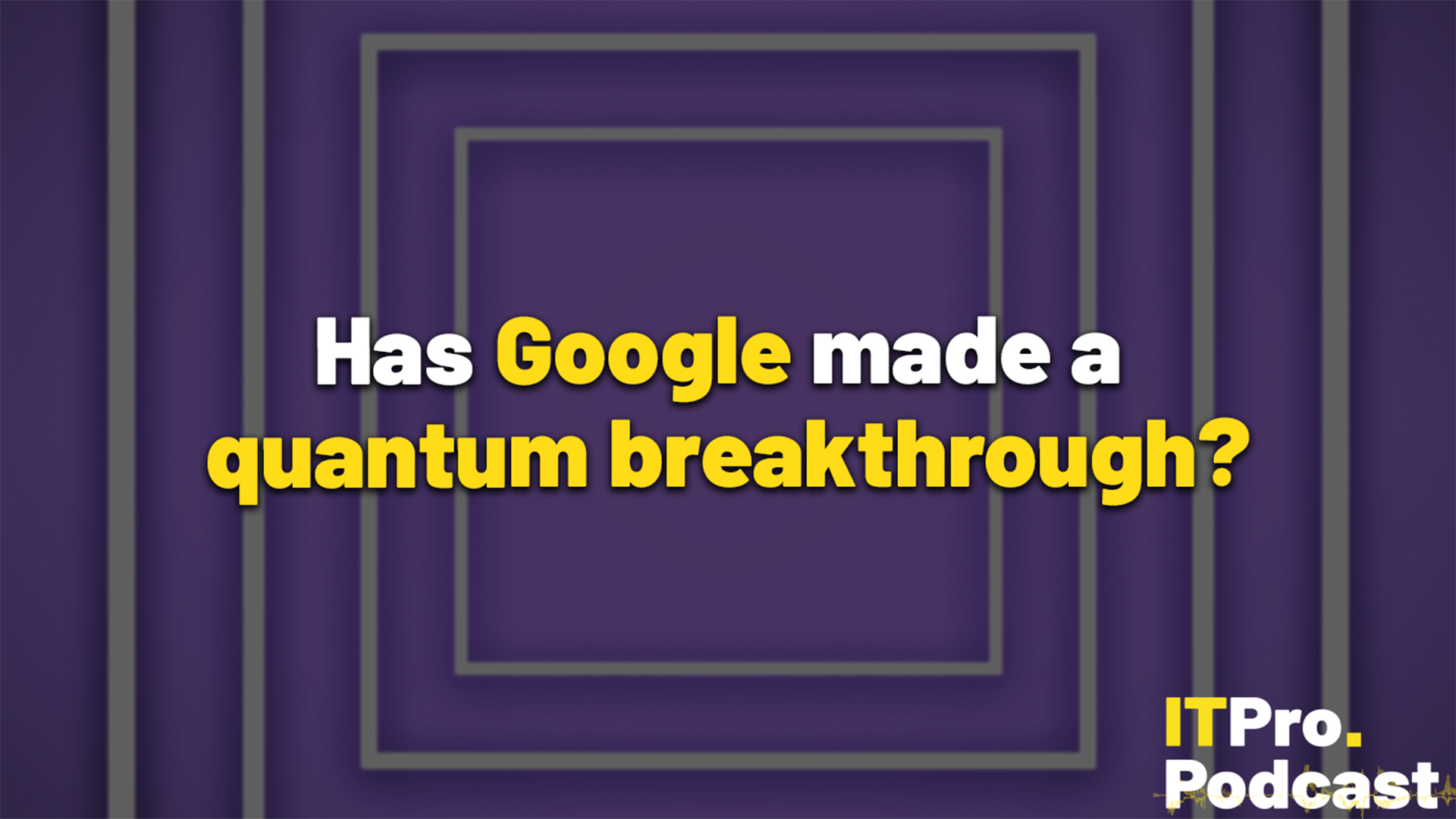 Has Google made a quantum breakthrough?
Has Google made a quantum breakthrough?ITPro Podcast The Willow chip is reported to run laps around even the fastest supercomputers – but the context for these benchmarks reveals only longer-term benefits
By Rory Bathgate Published
-
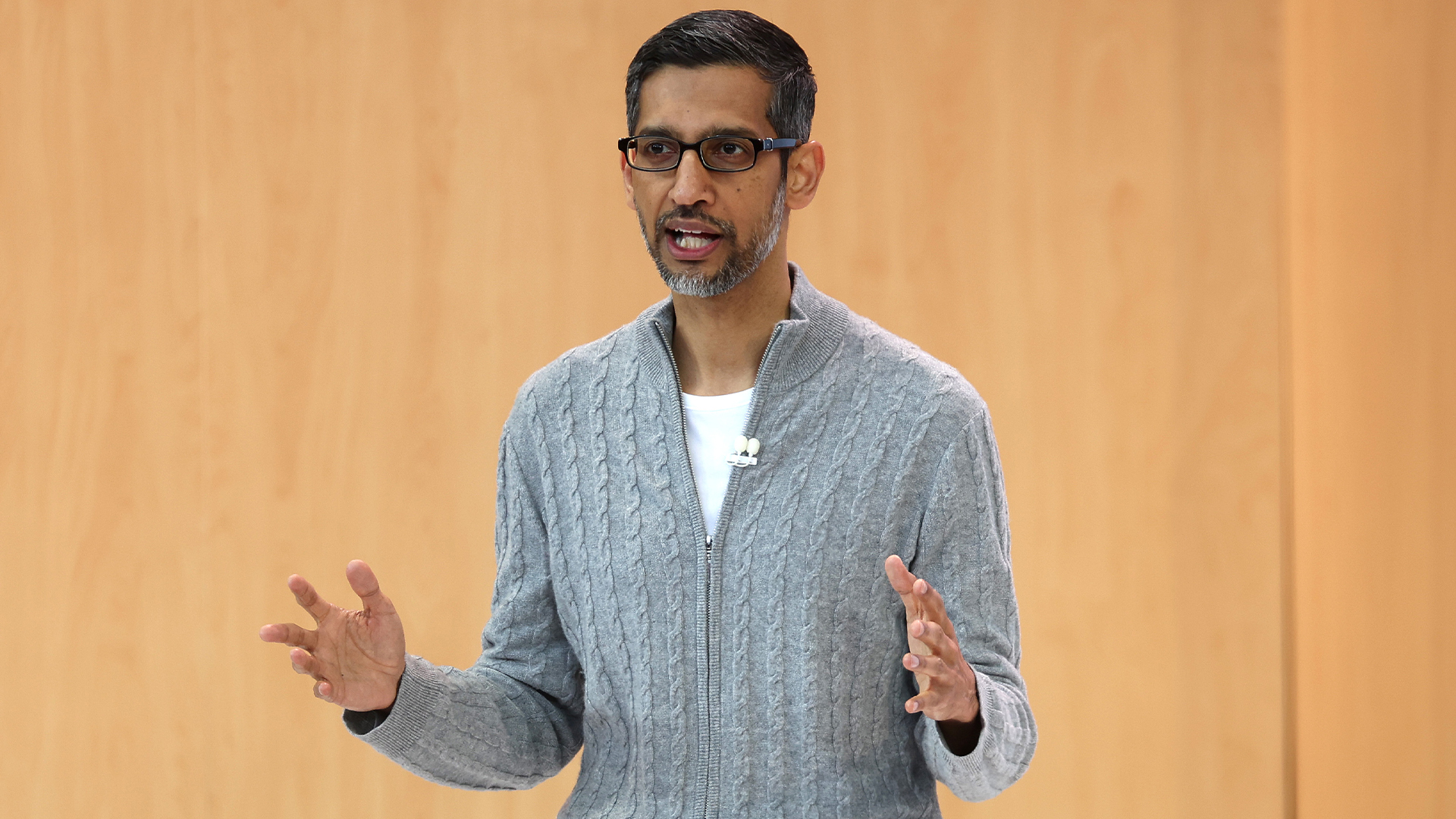 Google jumps on the agentic AI bandwagon
Google jumps on the agentic AI bandwagonNews Agentic AI is all the rage, and Google wants to get involved
By Nicole Kobie Published
-
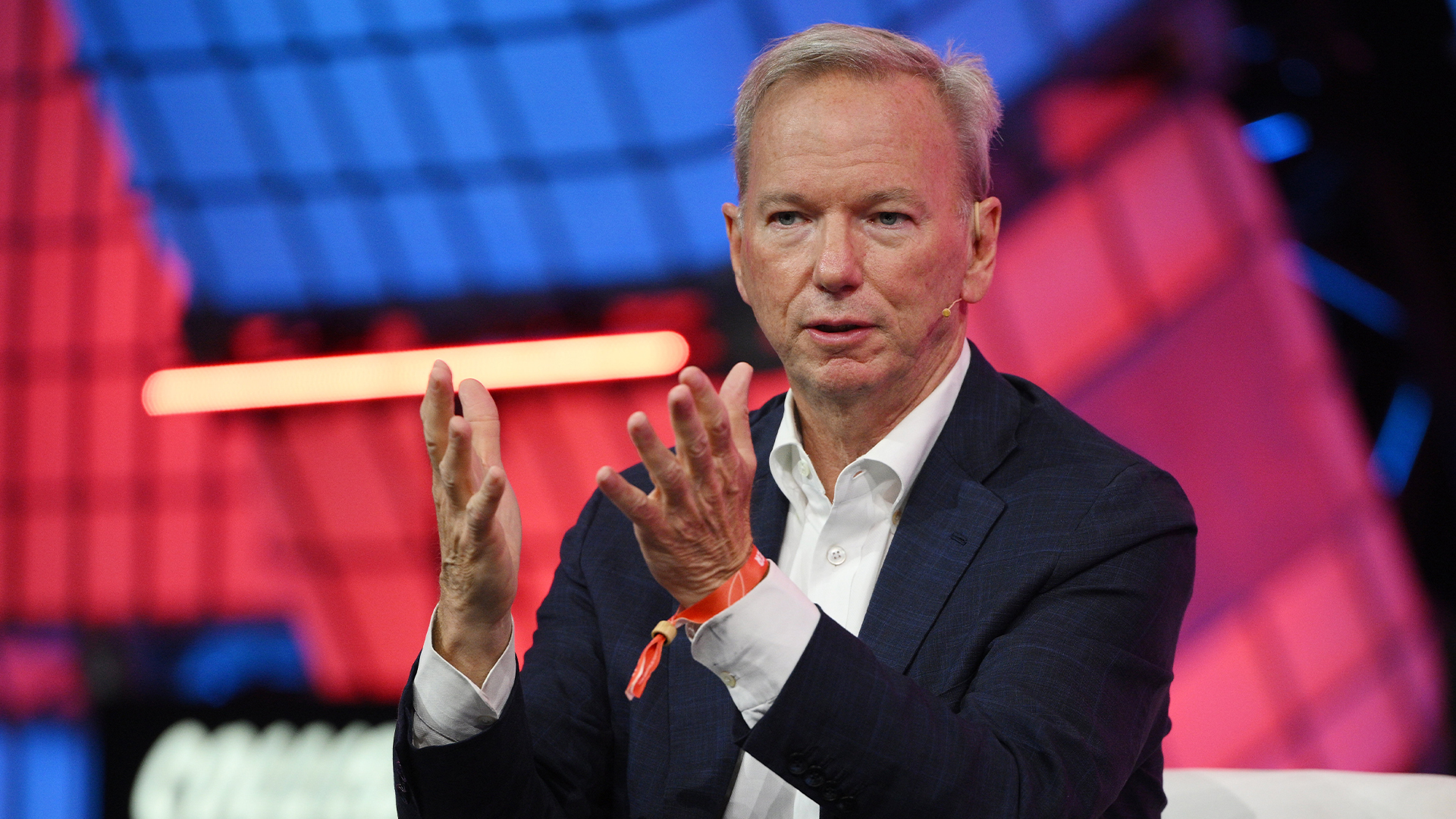 Former Google CEO Eric Schmidt rejects claims Al scaling has peaked
Former Google CEO Eric Schmidt rejects claims Al scaling has peakedNews AI doesn't has a scaling problem, despite reports to the contrary
By Nicole Kobie Published
-
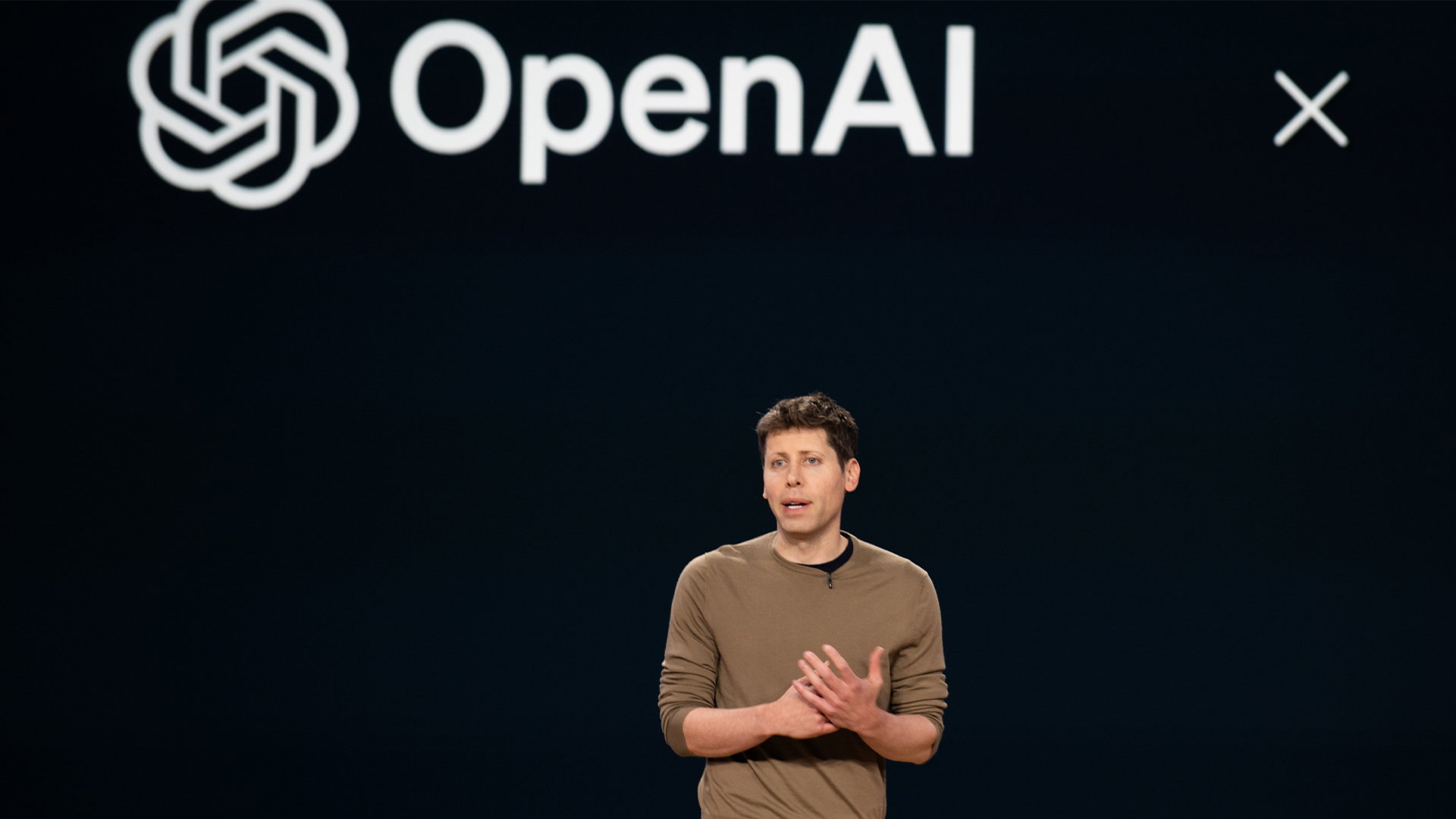 OpenAI could be plotting a foray into the world of AI agents – here’s what we know so far
OpenAI could be plotting a foray into the world of AI agents – here’s what we know so farNews The launch date for OpenAI’s "Operator" agent is believed to have been revealed at a staff meeting
By Nicole Kobie Published